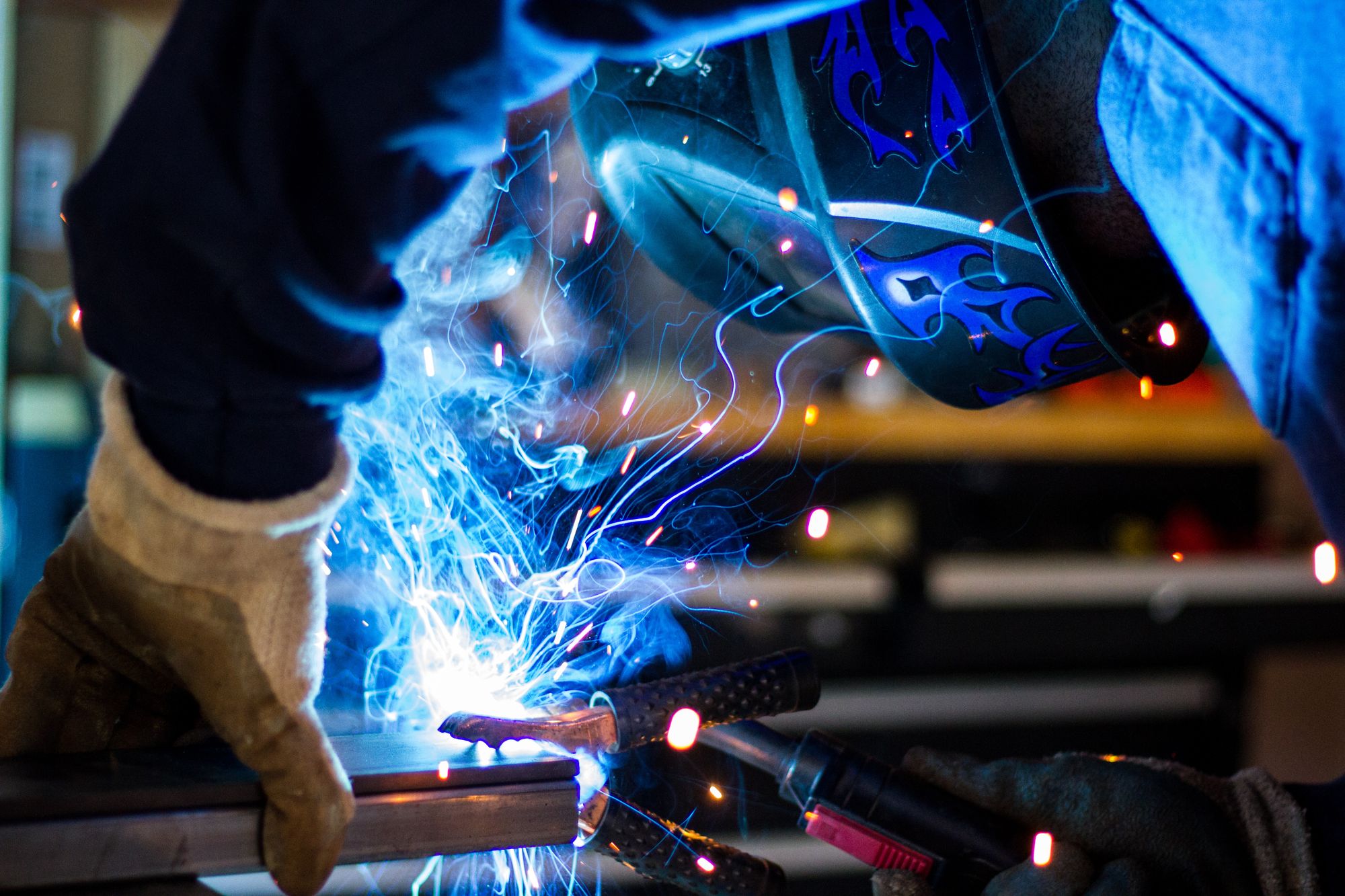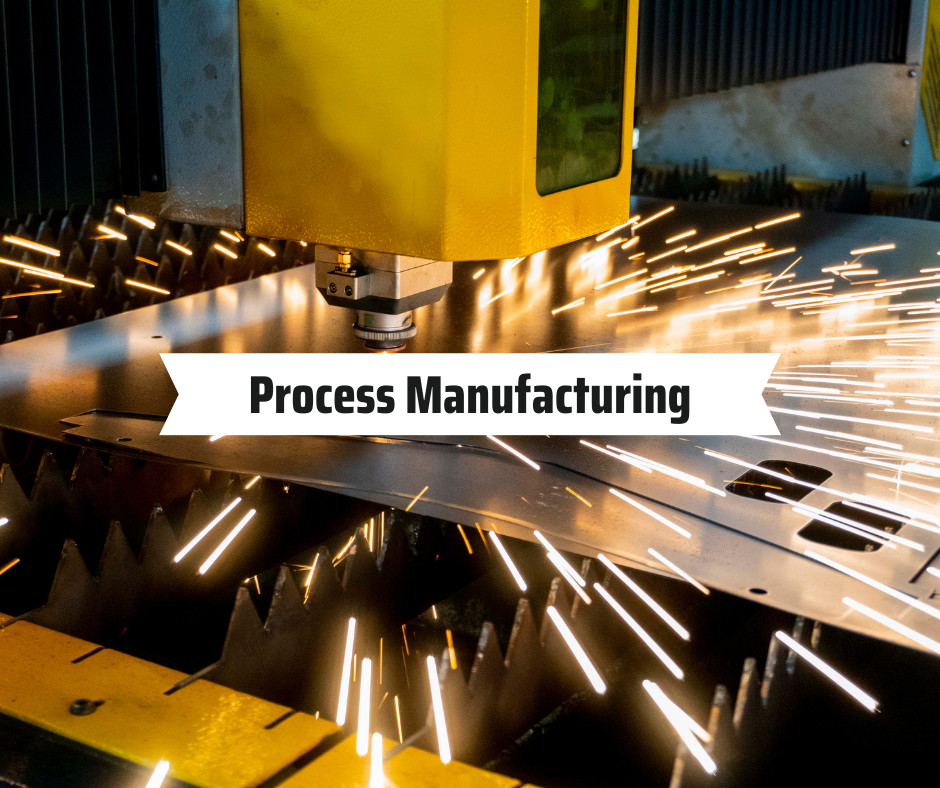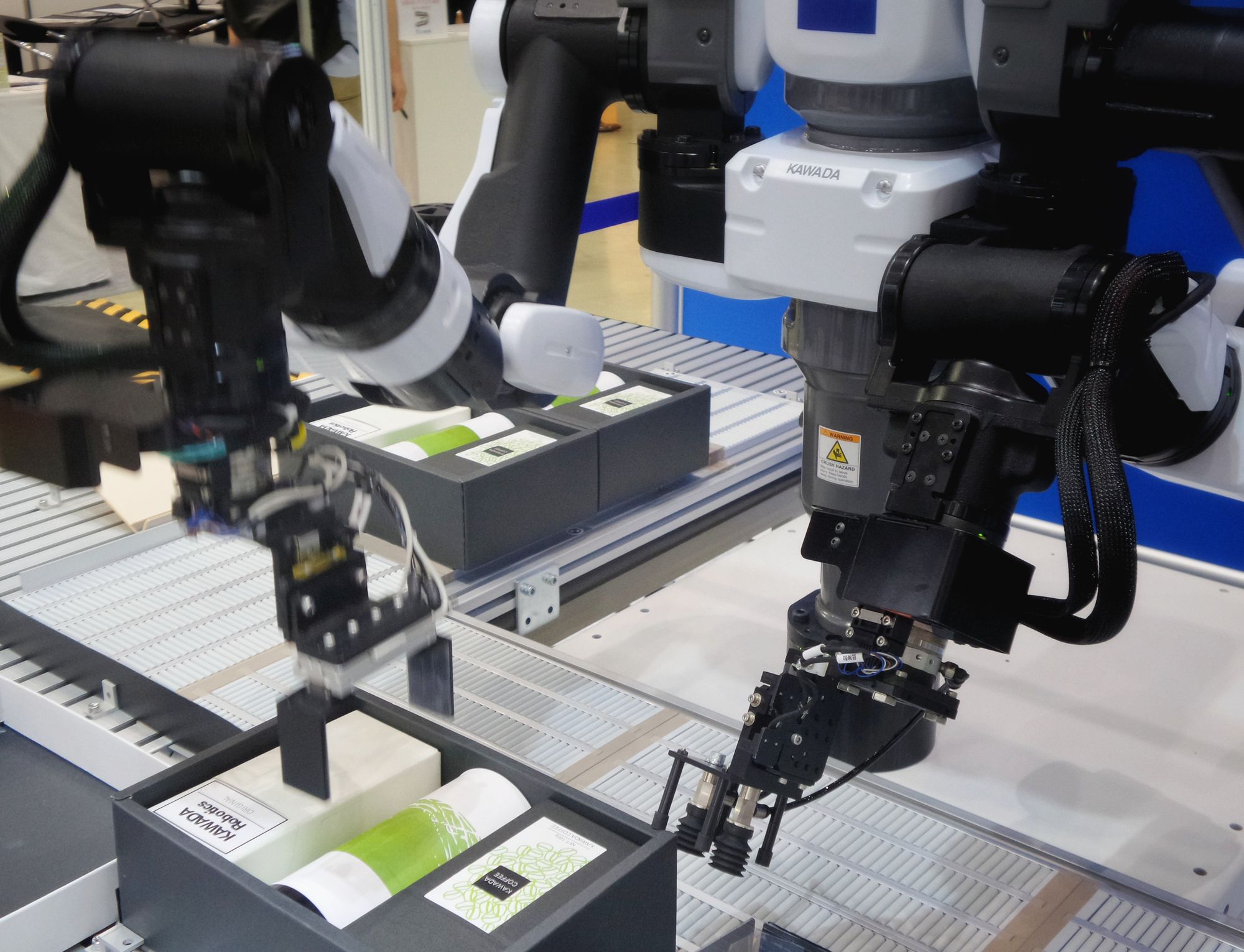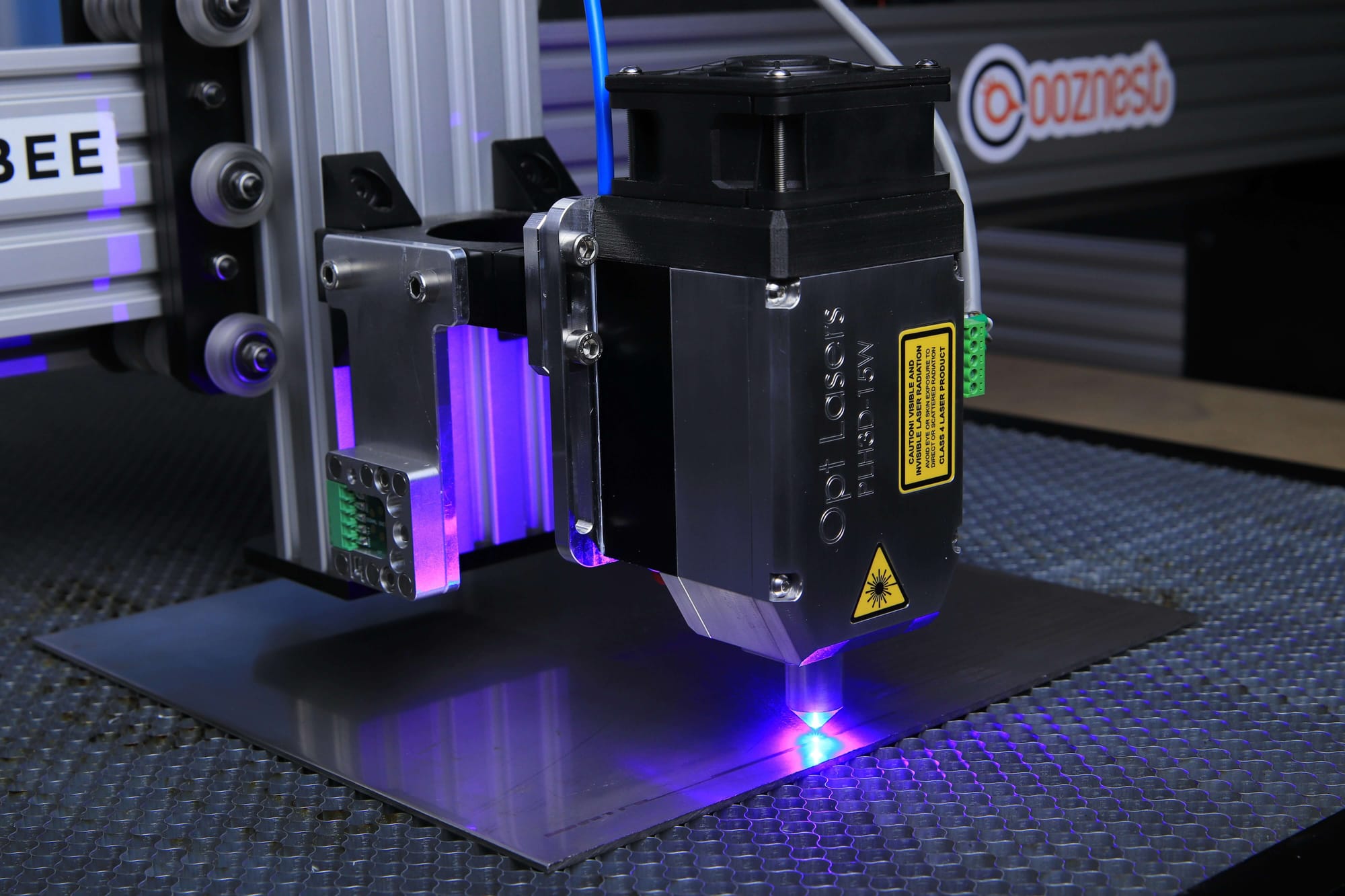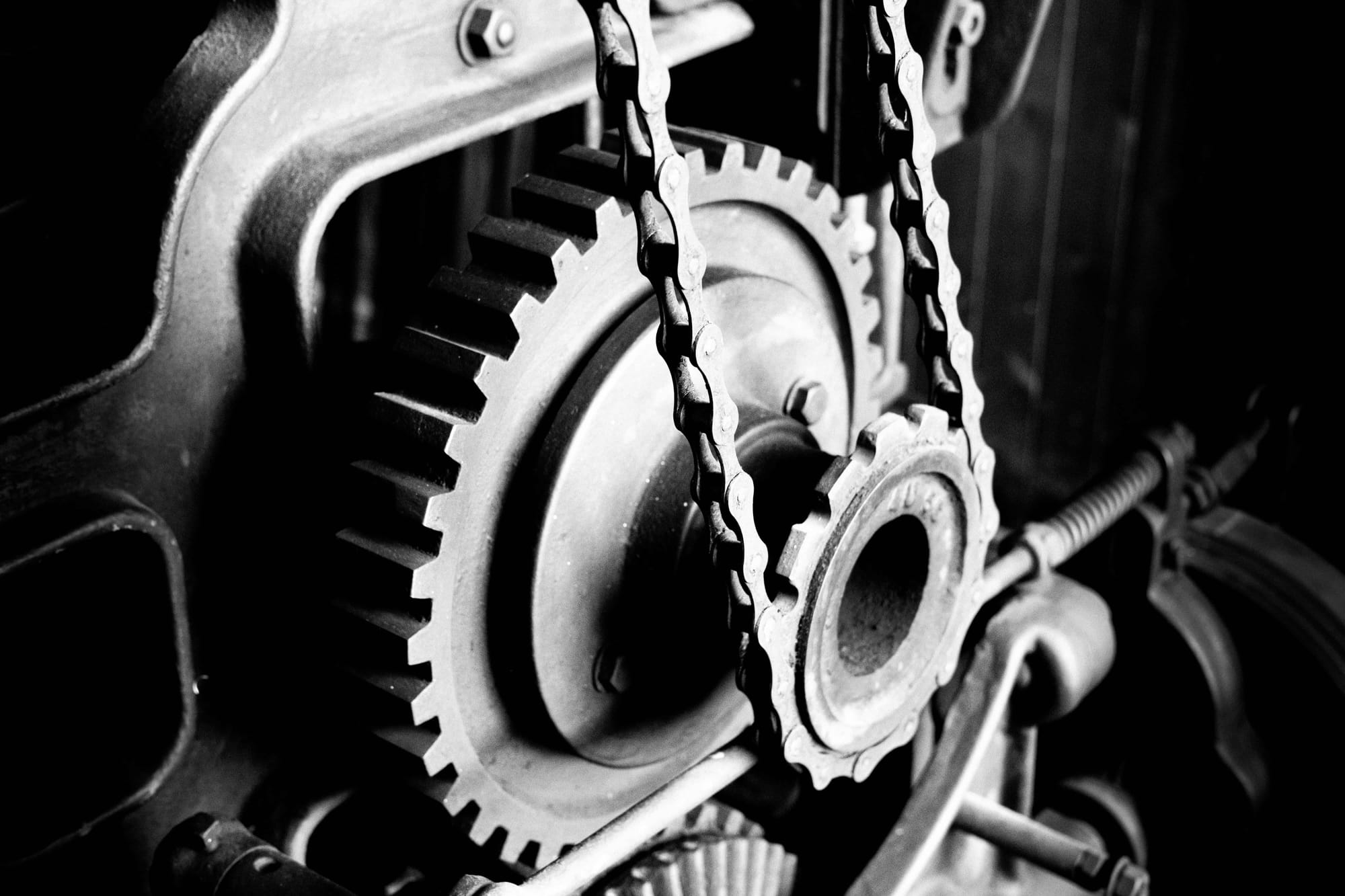According to recent data from the U.S. Census Bureau, the total value of shipments for sub-assembly manufacturing in the Unit0ed States was $41.5 billion in 2020, a 4.5% decrease from 2019.
Sub-assembly manufacturing is a critical part of the manufacturing process. It reduces the complexity of the assembly process by breaking it down into smaller tasks that can be completed more efficiently. Sub-assemblies are also beneficial in terms of quality and cost control. By manufacturing sub-assemblies, manufacturers can ensure that their products meet the highest quality standards. In other words, the process aims at reducing costs associated with the overall manufacturing process.

Additionally, sub-assemblies can be produced in different locations, allowing for greater flexibility in the production process. Sub-assemblies can be used to quickly and easily modify a product, allowing manufacturers to quickly adapt their product to customer needs.
Also, in this article we learn how MRP can be a game-changer for manufacturers deploying sub-assembly.
This post covers all you must know about sub-assembly manufacturing. Let’s begin.
- What does a Sub-assembly Mean?
- What is Sub-assembly Manufacturing?
- Sub-assembly Manufacturing Process
- 8 Benefits of Sub-assembly Manufacturing
- 5 Disadvantages of Sub-assembly Manufacturing
- Types of Sub-assembly Manufacturing
- Future Outlook for Sub-assembly Manufacturing
- How to Streamline Your Manufacturing Project?
- Conclusion
- Sub-assembly Manufacturing FAQs
- How can Deskera Help You?
- Key Takeaways
- Related Articles
What does a Sub-assembly Mean?
A sub-assembly is a group of components that are part of a larger assembly, but which can be installed or removed separately. It is a unit of a larger assembly that is made up of smaller components. Sub-assemblies are used to simplify the construction and maintenance of complex systems by breaking them down into smaller and more manageable parts.
What is Sub-assembly Manufacturing?
Sub-assembly manufacturing is the process of manufacturing individual parts or components of a larger assembly. Sub-assemblies are typically manufactured separately and then assembled together to form the final product.
This type of manufacturing allows for greater customization and flexibility in the production of complex products. Sub-assembly manufacturing is often used when the parts of a product are too large or complex to be manufactured as a single unit.
It also allows for greater efficiency in the production process as the individual components can be assembled in different ways depending on the product being manufactured. Sub-assembly manufacturing also allows for shorter lead times, as the parts can be produced quickly and then assembled in a fraction of the time it would take to manufacture the entire product from start to finish.
Sub-Assembly Manufacturing Process
While the process may differ slightly based on the business type, the overall steps remain the same in every sub-assembly manufacturing process. Let’s learn about them here.
Plan
The planning stage in a sub-assembly manufacturing process is the first step in the production process. During this stage, the sub-assembly manufacturing plan is developed, which includes the design, production planning & scheduling, tooling, and material selection.
This stage is critical in ensuring that the sub-assembly is produced according to the customer's specified requirements. In this stage, the necessary resources, including personnel, equipment, and materials, are identified and allocated. The necessary tools and jigs are also selected and the production schedule is set.
Additionally, any potential problems with the process are identified and addressed. Finally, the cost and time estimates for the sub-assembly production process are calculated.
Gather
This stage in a sub-assembly manufacturing process is the stage where parts and components are gathered from the suppliers and brought to the assembly line to be used in the assembly process. This stage typically involves the receipt of parts, inspection and sorting of parts, and then the storage of parts in an inventory system that is accessible to the assembly line.
During the gathering stage, the parts and components are also checked to ensure that they meet the quality, quantity, and specifications required in the sub-assembly manufacturing process. This is an essential stage to ensure the quality of the product being assembled and to ensure that there are no delays in production due to shortages or incorrect parts.
Assemble
The assembling stage in a sub-assembly manufacturing process is the point at which individual components or sub-assemblies come together to form the finished product. This is typically done through manual or automated assembly processes. It typically requires the use of tools and machines to ensure proper alignment and fit of the components.
The goal of the assembling stage is to ensure that the final product is of the highest quality and meets all specified requirements. Depending on the complexity of the product, the assembling stage may involve multiple steps and may require the use of specialized tools or machines.
Test
The testing stage is an important step in the process of producing a product. The testing stage is used to ensure that the sub-assemblies being produced meet all predetermined specifications and standards. Testing can be conducted on a variety of components, depending on the product that is being manufactured. During the testing stage, components will be tested for their accuracy, durability, reliability, and other qualities.
Finally, this stage also allows for any necessary adjustments to be made before the product is released for sale or use. The companies must test the sub-assembly to ensure it meets all performance specifications.
Document
This stage is for documenting the results of the sub-assembly process. It is the process of collecting all the necessary documents that are to be used in the manufacturing process. This includes technical specifications, process flow diagrams, Bill of Materials, safety regulations, and any other documents needed to ensure the proper manufacture of the parts.
This is a very important step in the process as it ensures that the parts are made according to the specifications and that any safety issues are addressed. Documenting stage also ensures that all parts are properly tracked and accounted for.
Package
Here, the manufacturers package the finished sub-assembly for transport and storage. The packaging stage refers to the process of packing the sub-assemblies into individual packages for storage, shipment, and delivery. This stage typically involves the assembly of the components into their respective packages, sealing the packages, and labeling the packages for identification.
This process may also involve the utilization of barcodes or RFID tags to help ensure that the parts are tracked and accounted for. The packaging process is essential for ensuring that the parts are properly stored, tracked, and delivered in a timely manner.
8 Benefits of Sub-assembly Manufacturing
We have introduced ourselves to the concept of sub-assembly manufacturing. Let’s now move to look at the benefits of having it.
- Reduced training requirements: In subassembly operations, manufacturing a finished good is split into many smaller parts. This enables each worker to be accountable for learning only a part of the process. They do not have to learn the entire process. As a result, the process becomes time-efficient when training the workers for their roles.
- Cost reduction: Sub-assembly manufacturing can save costs through reduced labor and material costs. By breaking down a complex assembly into its component parts, businesses can reduce the cost of components, as well as reduce labor costs associated with the assembly of the finished product. Eventually, it helps reduce manufacturing overhead.
- Enhanced accuracy: When workers focus only on a part of the manufacturing process, the process can guarantee accuracy. Over time, they can finish their assigned tasks at a faster rate without any errors.
- Shortened production time: Sub-assembly manufacturing allows for a more efficient production process. By breaking down the product into separate components, businesses can streamline their production process and reduce the amount of time spent on the assembly of the finished product.
- Improved quality: Sub-assembly manufacturing can also improve the quality of the finished product. By breaking down the assembly into its component parts, businesses can focus on testing and quality control at each stage, ensuring that the finished product meets the highest standards.
- Increased flexibility: Sub-assembly manufacturing allows businesses to quickly adapt to changes in demand or design, as components can be easily replaced or added. This can help businesses remain competitive in a changing market.
- Reduced inventory: Sub-assembly manufacturing can also help businesses reduce their inventory costs. By breaking down the assembly into its component parts, businesses can reduce the number of parts that need to be kept in stock, reducing their inventory costs.
- Reduced labor cost: This is a benefit of sub-assembly manufacturing. Sub-assembly manufacturing is a process whereby components of a product are assembled into smaller sub-assemblies before being brought together to form the finished product.
The overall labor cost can be reduced by breaking down the assembly into smaller, more manageable chunks. This is because the same number of components can be assembled in a shorter period of time, requiring fewer employees.
5 Disadvantages of Sub-assembly Manufacturing
Like every process, sub-assembly manufacturing also has its set of drawbacks. Let’s check what they are:
- Increased complexity: Sub-assembly manufacturing adds complexity to the production process as it involves more steps and processes than traditional manufacturing. This complexity can lead to more mistakes and higher costs.
- Expensive materials: Sub-assembly manufacturing usually requires more expensive materials and materials handling, resulting in higher costs.
- Too many steps in the process: Sub-assembly manufacturing involves more steps, which means more opportunities for mistakes and errors. This can lead to product defects, increased scrap, and higher costs.
- Longer lead times: Sub-assembly manufacturing requires more time to complete, which can lead to longer lead times and delays. This can be an issue for companies with tight deadlines.
- Increased dependency on suppliers: Sub-assembly manufacturing involves the procurement of components from different suppliers and assembling them together to form a completed product. This means that if one of the suppliers fails to deliver the necessary components, then the entire manufacturing process may be stalled. This can result in delays and increased costs.
Types of Sub-assembly Manufacturing
There are various types of sub-assembly manufacturing. Let's learn about them here.
Mechanical Sub-assembly
This type of sub-assembly involves the assembly of a group of parts that work together to form a larger mechanical system. This could involve the assembly of car engines, industrial machinery, or any other type of mechanical system.
Electrical Sub-assembly
This type of sub-assembly involves the assembly of electrical components, such as wiring, switches, circuit boards, and other components. This type of sub-assembly is used in a variety of applications, such as electronic devices, computers, and even in automotive applications.
Hydraulic Sub-assembly
This type of sub-assembly involves the assembly of hydraulic components, such as pumps, valves, and cylinders. These are used to control the flow of fluids in a variety of applications.
Pneumatic Sub-assembly
This type of sub-assembly involves the assembly of pneumatic components, such as air compressors, valves, and pipes. These are used to control the flow of air in a variety of applications.
Future Outlook for Sub-assembly Manufacturing
The future outlook for sub-assembly manufacturing is very positive. As technology continues to evolve, the need for sub-assembly manufacturing is expected to increase. This is due to the fact that more complex and intricate products are being produced that require the use of sub-assemblies to be assembled correctly.

Automation to the Rescue
Additionally, automation and robotics are becoming more commonplace in the manufacturing industry, which is making sub-assembly manufacturing more efficient and cost-effective. As a result, the demand for sub-assembly manufacturing is expected to remain strong in the years to come.
Better Growth Prospects
This growth is also expected to be accompanied by an increase in the number of sub-assembly manufacturers. In order to stay competitive, many sub-assembly manufacturers are investing in new technologies and processes. This is allowing them to produce more efficient, high-quality sub-assemblies in a shorter amount of time.
This is good news for the industry as a whole, as it means that more businesses will be able to access the parts they need without having to wait for them to be made in-house.
How to Streamline Your Manufacturing Project?
MRP or Material Requirements Planning system can help streamline sub-assembly manufacturing by providing the ability to plan and control production, track inventory levels, and manage and monitor orders. MRP can help identify bottlenecks in the production planning, provide accurate lead times and delivery dates, and reduce the need for manual data entry.
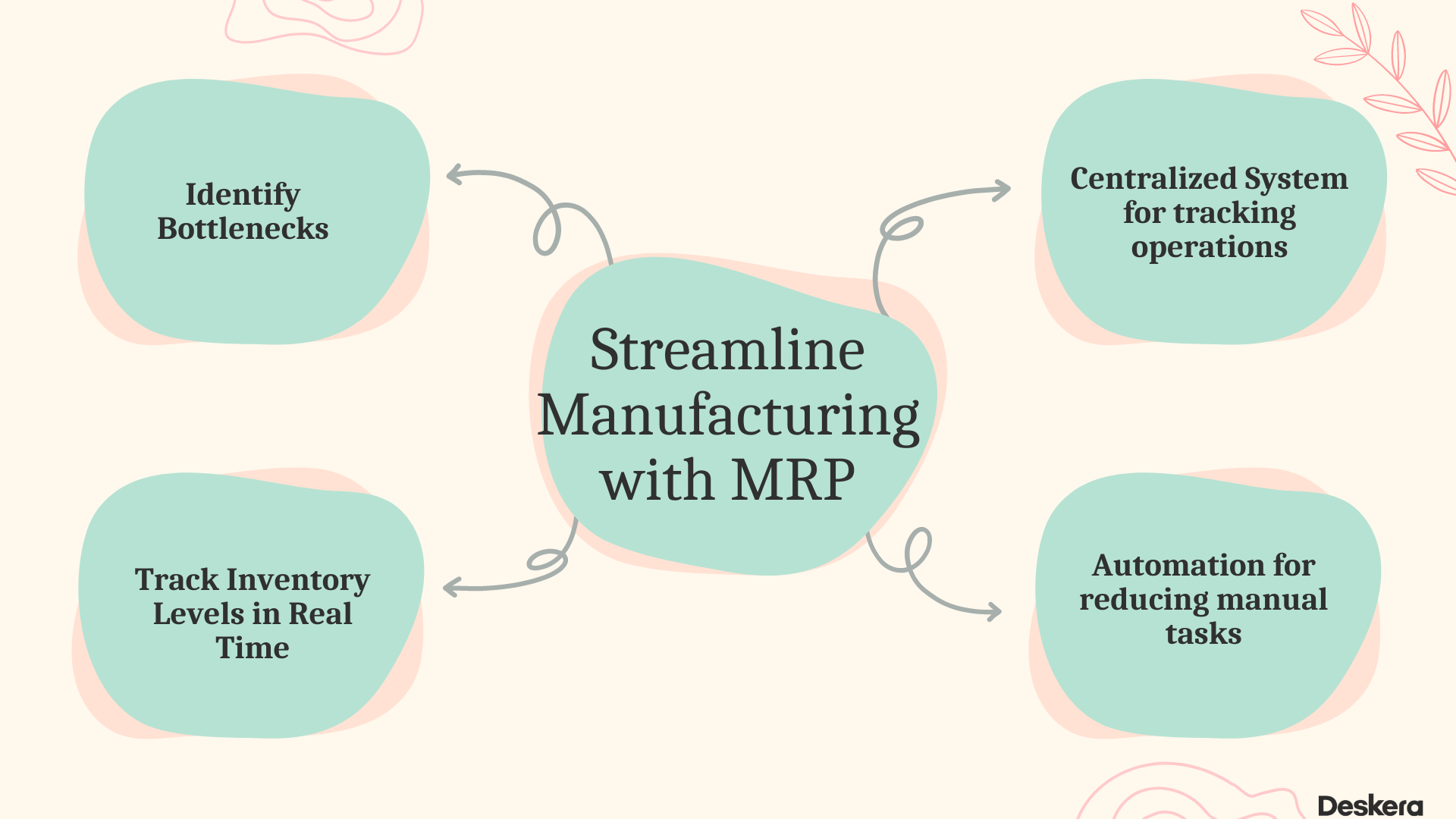
MRP also helps manufacturers ensure that components are available when needed. It can provide visibility into inventory levels to ensure that sub-assemblies are accurately tracked and accounted for. Finally, MRP can help manufacturers streamline the order management process by providing a centralized system for tracking and controlling orders.
- Set Your Objectives: Before starting any project, it is important to establish the project's objectives. Define what you want to achieve with the project and identify the timeline, budget and resources needed to ensure the project is successful.
- Create a Master Production Schedule: Develop a master production schedule that outlines the timeline, resources, and cost for each part of the project. This should include the planned production start and finish dates, the raw materials inventory and parts needed, estimated production costs and the delivery deadlines.
- Implement an MRP System: An MRP (materials resource planning) system is a computerized system designed to help you manage and control your company’s manufacturing process. It can track the materials and parts used in production, generate reports, and provide real-time data for better decision making.
- Monitor and Adjust Your Production Schedule: MRP systems allow you to monitor the production schedule in real time. This enables you to identify any potential delays or problems and make adjustments to ensure the project is completed on time and within budget.
- Evaluate Your Results: Once the project is complete, it is important to evaluate the results. Review the production schedule and make adjustments to better streamline the process in the future. This will help you save time and money on future projects.
Structural Sub-assembly
This type of sub-assembly involves the assembly of structural components, such as frames, panels, and beams, which are used to create larger structures. This type of sub-assembly is commonly used in the construction of buildings and other large structures.
Conclusion
Sub-assembly manufacturing is an efficient and cost-effective way to manufacture complex components and assemblies. It allows companies to save time and money while producing high-quality products.
Sub-assembly manufacturing also allows for better control over the quality of components and assemblies, and can help reduce waste and improve product reliability. By utilizing sub-assemblies, companies can produce products faster, cheaper, and with better overall quality.
Sub-assembly Manufacturing FAQs
Let’s visit some of the frequently asked questions regarding sub-assembly manufacturing.
Q: What is the difference between assembly and sub-assembly?
A: Assembly is a term used to describe a finished product that is made up of parts and components. This product is ready to be sold and used. Sub-assembly is a term used to describe a partially completed product that is made up of parts and components. This product is not yet ready to be sold, but needs to be further assembled before it can be used.
Q: Why is sub-assembly used?
A: Sub-assembly is used to break down a larger assembly into smaller components and sub-assemblies in order to improve product quality and reliability, reduce complexity, and improve manufacturing efficiency. It also allows manufacturers to produce components in a more cost-effective and efficient manner. Additionally, sub-assemblies can make it easier for companies to upgrade or modify their products by replacing individual components as needed.
Q: What types of businesses use sub-assembly manufacturing?
A: Sub-assembly manufacturing is used by a wide variety of companies, including automotive, aerospace, electronics, medical device, and consumer product manufacturers.
How can Deskera Help You?
Deskera can help sub-assembly manufacturers manage their operations more efficiently. Deskera provides integrated solutions for inventory management, production planning, supplier management, quality control, and business analytics. This enables sub-assembly manufacturers to have greater visibility over their operations, helping them to make informed decisions, streamline processes, and ultimately increase their efficiency and profitability.
Deskera MRP is the one tool that lets you do all of the above. With Deskera, you can:
- Track raw materials and finished goods inventory
- Manage production plans and routings
- Maintain bill of materials
- Generate detailed reports
- Create custom dashboards
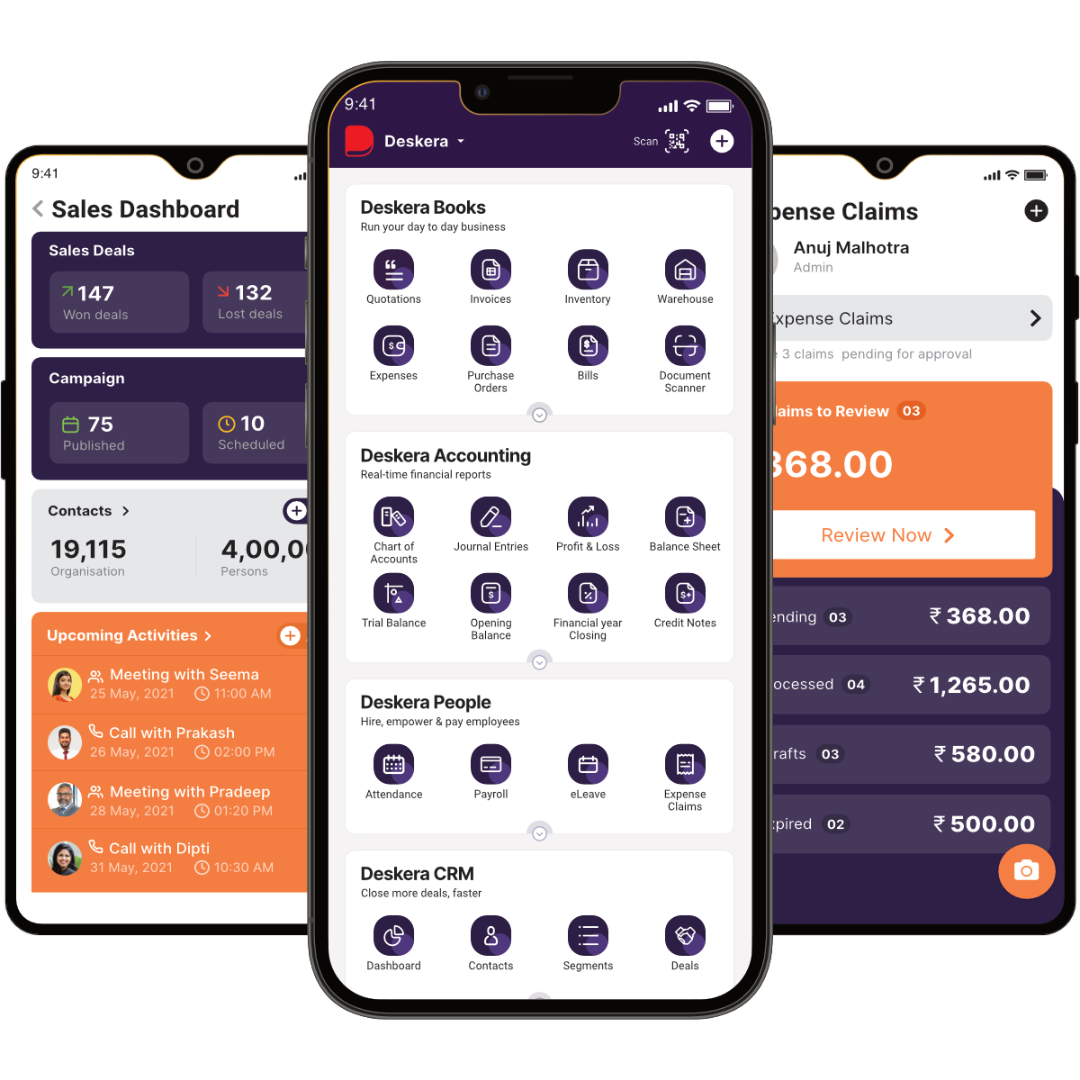
Deskera Books is accounting software that assists small businesses in managing their accounts and finances. It is a cloud-based system that is simple to use and accessible from anywhere, at any time.
Deskera People provides a variety of features and capabilities to assist organizations in more efficiently managing their HR operations, such as employee onboarding, leave and shift management, time and attendance monitoring, payroll processing, benefits administration, and more.
Deskera CRM is a comprehensive customer relationship management (CRM) solution that assists organizations of any size in managing their client interactions more effectively. The platform provides features for contact management, marketing automation, sales and customer service tracking, and integration with other corporate systems.
Key Takeaways
- Sub-assembly manufacturing is a critical part of the manufacturing process. It reduces the complexity of the assembly process by breaking it down into smaller tasks that can be completed more efficiently.
- A sub-assembly is a group of components that are part of a larger assembly, but which can be installed or removed separately. It is a unit of a larger assembly that is made up of smaller components.
- Sub-assembly manufacturing is the process of manufacturing individual parts or components of a larger assembly. Sub-assemblies are typically manufactured separately and then assembled together to form the final product.
- The process of sub-assembly manufacturing includes sveral steps. These include planning, gathering, assembling, testing, documenting, and packaging.
- Reduced training requirements, shortened production time, and enhanced accuracy are some of the benefits of sub-assembly manufacturing.
- Sub-assembly manufacturing may result in complicated processes, increased dependency on suppliers. These are some of the drawbacks of the process.
- Sub-assembly manufacturing exhibits tremendous potential in the coming times. It promises growth accelerated by the automation and other advanced technologies.
- Material Requirements Planning system can help streamline sub-assembly manufacturing by providing the ability to plan and control production, track inventory levels, and manage and monitor orders.
Related Articles

